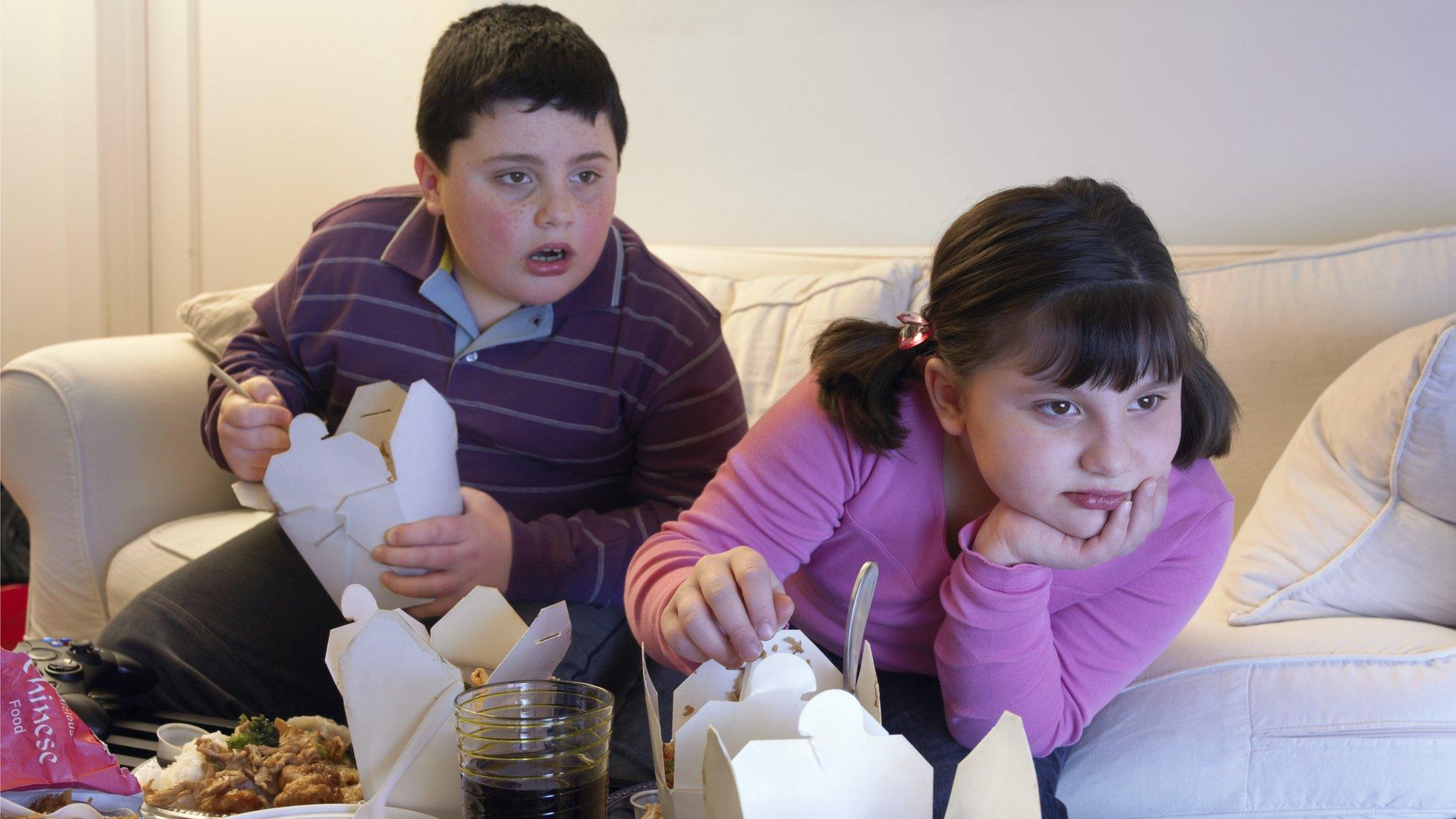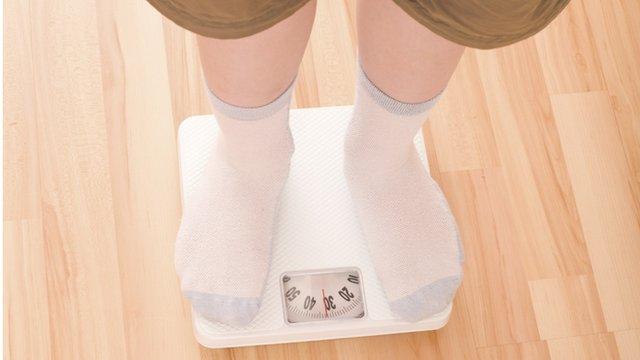'Two phases' of childhood obesity suggested
- Published

There may be two distinct child obesity epidemics - one among infants and one among adolescents - research suggests.
Researchers came to this conclusion after comparing obesity data in the 1980s with that of more than 300 present-day children.
They found signs that obesity was linked to the influence of parents for young children, the International Journal of Obesity reported.
Meanwhile, for teenagers more general peer-group factors seemed to be key.
The researchers said this suggested different approaches may be needed to tackle the problem.
They came to this conclusion after their data suggested the rise in obesity among the very young had largely been restricted to the minority with obese parents.
Rates among toddlers with non-obese parents had hardly changed.
By contrast, obesity among 16-year-olds had risen across the entire age group.
'Greatest health issues'
Since the 1980s, obesity rates have risen from 5% to 16%.
Prof Terence Wilkin, of Exeter University, who led the study, said: "Childhood obesity is one of the greatest health issues of our time.
"If we are to develop strategies to intervene effectively, we must first understand the cause.
"This study indicates for the first time that childhood obesity has different causes, depending on the age of the child."
John Middleton, of the Faculty of Public Health, said the study once again showed tough action, such as a sugar duty on fizzy drinks, was needed.
"No-one chooses to be overweight and, in fact, obesity is caused in part by the environment we live in," he said.
- Published30 March 2015

- Published30 January 2015

- Published12 November 2014

- Published13 February 2015
